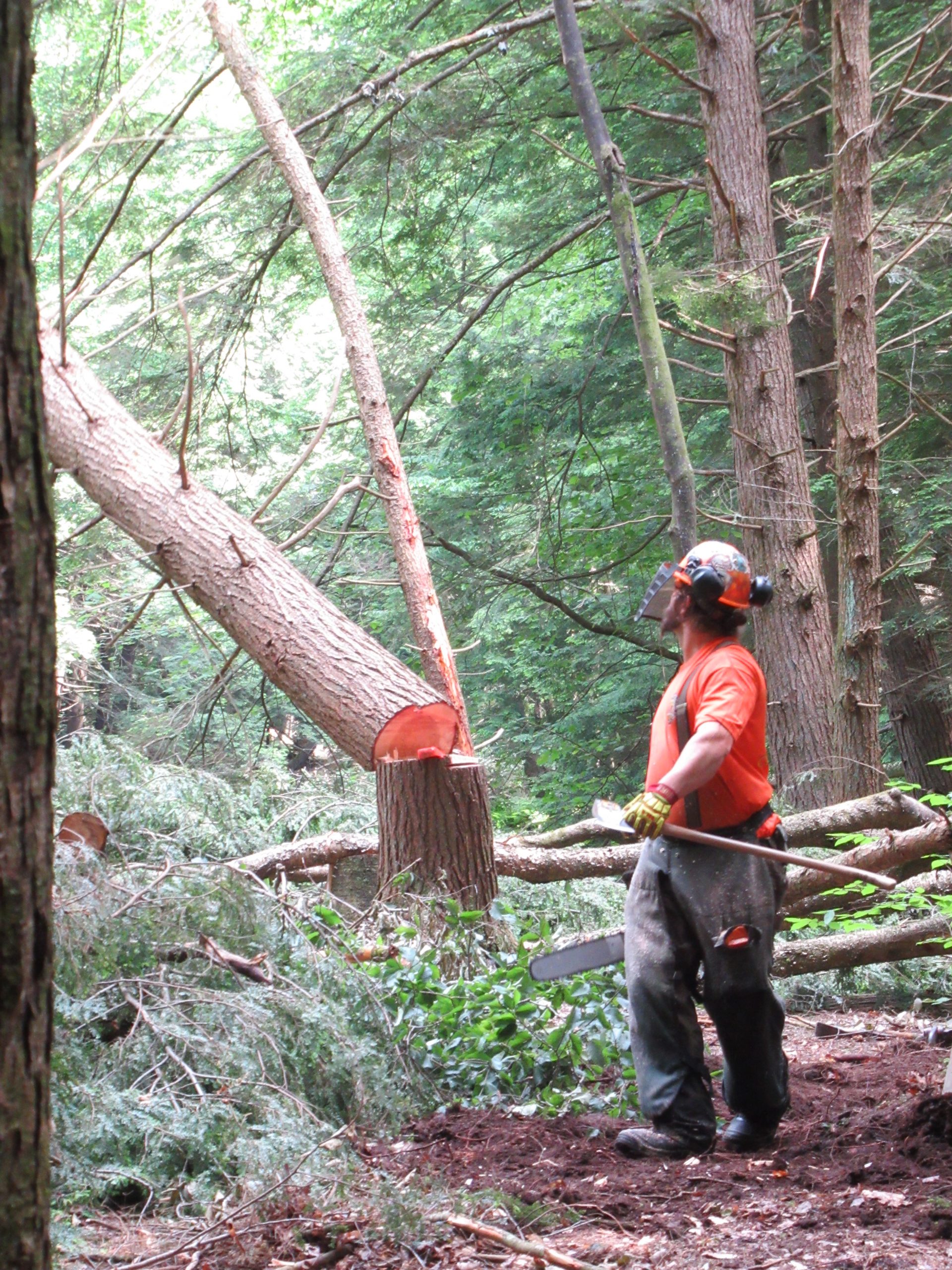Author:
Luke Bobnar
Co-Authors:
Charles M. Keeports, Benjamin R. Hayes, Grace M. Tillotson, Christopher M. Dempsey
Institution:
Western Pennsylvania Conservancy
Abstract
Trees and fallen woody materials in streams and floodplains create a diversity of habitats for many species. Centuries of removing wood to straighten streams and reduce localized flooding have negatively impacted aquatic and riparian habitats, as well as have exacerbated flooding downstream. The U.S. Forest Service at the Allegheny National Forest (ANF), Western Pennsylvania Conservancy, and other partners are utilizing adaptive management restoration techniques to reestablish historic densities of woody materials in streams across the ANF to restore pre-disturbance ecological conditions. In the Little Arnot Run watershed, project partners are intensively monitoring physical (e.g. streamflow, water table depth, and water quality) and biological (e.g. fish, aquatic insects, and riparian vegetation) parameters to quantify the adaptive management restoration technique’s effects on aquatic and riparian ecosystems. The focus treatment reach on Little Arnot Run is moderately incised and has a relic railroad grade that has cut off the stream from the floodplain. This project will utilize excavators to harvest logs and rootwads materials from local uplands and utilize them to build large wood structures (e.g. cross-channel jams) to raise the bed of the stream in key locations. In addition, barriers such as berms and railroad grades will be removed or cut through to create side channels and reconnect flood flows to the floodplain. The goals of the project are to restore fluvial processes and aquatic habitat, improve water quality, improve distribution of gravel and fines, reconnect floodplains and hyporheic zones, and sequester carbon. This presentation will discuss the location, history, and ecology of the watershed, proposed restoration techniques and goals, and briefly outline several monitoring parameters being developed and implemented.
